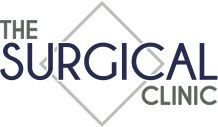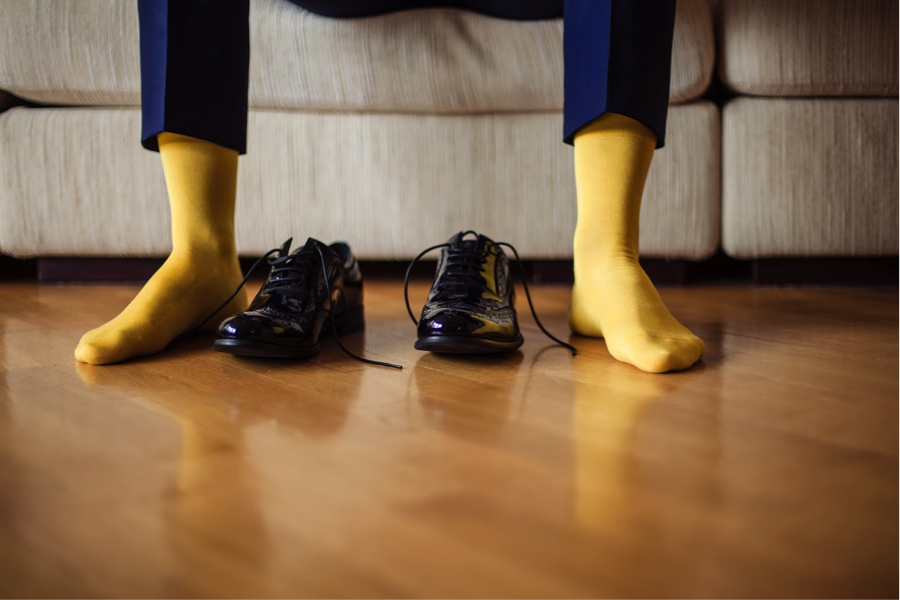Many people don’t associate veins with pain, but when you develop varicose veins, you live with daily discomfort. Varicose veins are not just a cosmetic problem; they can cause swelling, dangerous blood clots, inflammation, and even ulcers under the skin. As a result, vein pain is a reality for many people.
Related: Peripheral Arterial Disease: Don’t Ignore It
A number of procedures can help provide relief if you have trouble with veins. Some are surgical, others consist of medications or injections, while others require adjustments to your current lifestyle.
You can, with the help of your doctor, choose which treatment is best for you, depending on how your vein condition affects your life and what the underlying cause for your varicose veins. Here are the most common approaches to varicose vein treatment.
Lifestyle Changes
Sometimes, varicose veins can be treated with lifestyle changes. Many of the factors that contribute to the development of varicose veins can be controlled by the choices you make on a daily basis. For example, people who are overweight, spend a lot of time sitting down, or aren’t very active are more likely to get varicose veins.
Other factors for vein pain, however, are beyond your control. Women are more susceptible to getting varicose veins than men, pregnancy can cause vein problems, and people may simply get varicose veins as they get older and their blood vessels weaken.
No matter the cause, sometimes vein pain from varicose veins can be managed without any medical intervention. Your doctor might recommend:
- Losing weight if you are overweight. Legs are the most common site for varicose veins, and excess weight places more pressure on the blood vessels in your legs. Weight also slows blood flow, especially when you are seated.
- Standing up and walking around if you spend a lot of time sitting down. If you have a desk job, set a timer to help you remember to get up and walk around to get the blood pumping.
- Wearing compression stockings. These help to prevent blood from pooling in the veins.
- Increasing your activity. If your veins are not too painful or not causing any complications, increased exercise can improve circulation and improve vein condition.
Unfortunately, lifestyle management is often not enough to solve varicose vein problems. If you are still living in pain or if you start to develop complications, you’ll need to consider one of the following interventions.
Injections
Most treatment methods for varicose veins involve closing off the vein in some way. In a procedure called sclerotherapy, your doctor injects the affected vein with a solution that causes the vein to close up and scar over. Generally, sclerotherapy is most suitable for smaller varicose veins and is helpful for reducing their cosmetic appearance.
Sclerotherapy is low risk with few side effects. You can expect some temporary bruising and soreness. Occasionally a blood clot or headaches might occur from air bubbles because of the injection. Some patients might need more than one treatment for stubborn veins.
Laser Treatment
Another common treatment is to close the vein with a laser. Laser therapy for veins uses a targeted approach with a strong burst of light that causes the vein to close off and fade. Some patients like the idea of using laser treatment because there are no needles or incisions required for surface veins.
For larger veins that are located more deeply under the skin, your doctor can try an endovenous catheter laser treatment. The surgeon inserts the catheter into the vein and heats the catheter with laser energy. As the catheter is pulled slowly out of the vein, the heat from the laser closes the vein and seals it off.
Vein Stripping
This is a less common treatment for varicose veins, but vein stripping may be necessary if you have recurring problems with the same vein or in the same area. With vein stripping, a surgeon will remove a portion of the vein with a wire, tying it off before it connects to a larger, deeper vessel.
Your body redirects the blood flow through the larger vein instead, and the smaller vein can be removed through an incision near your groin.
Your doctor may recommend this more invasive procedure if you have persistent signs of incompetent veins and if you are at greater risk for developing clots or venous ulcers as a result.
Endoscopic Vein Surgery
Rarely needed for simple varicose vein treatment, endoscopic vein surgery is the final treatment option when all other vein improvement procedures have not worked and when you have ulcers at the vein site. Your surgeon uses a tiny camera inside the vein to assist in removing portions of the vein through a set of small incisions.
This surgery takes longer to complete and does not have the same quick recovery time as sclerotherapy or laser treatments. However, most vein surgeries are effective for treating varicose veins, and you can eventually return to a life of full activity.
For more information, contact us at The Surgical Clinic.

